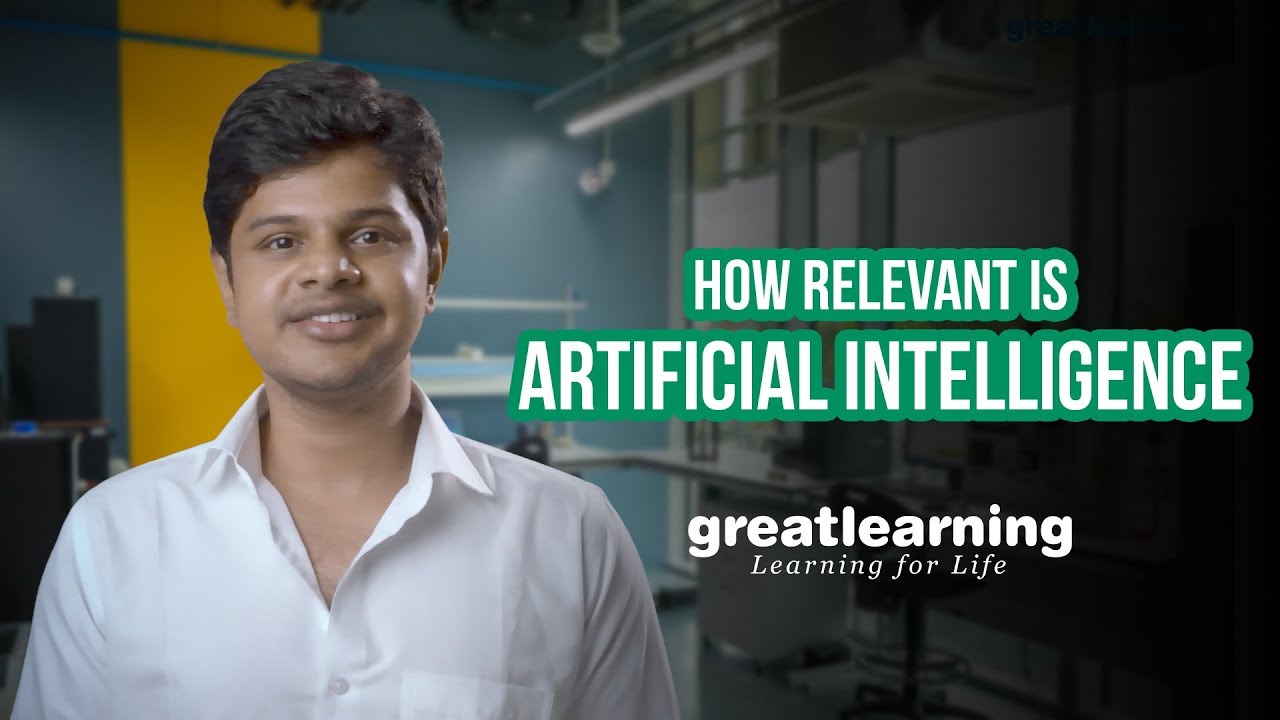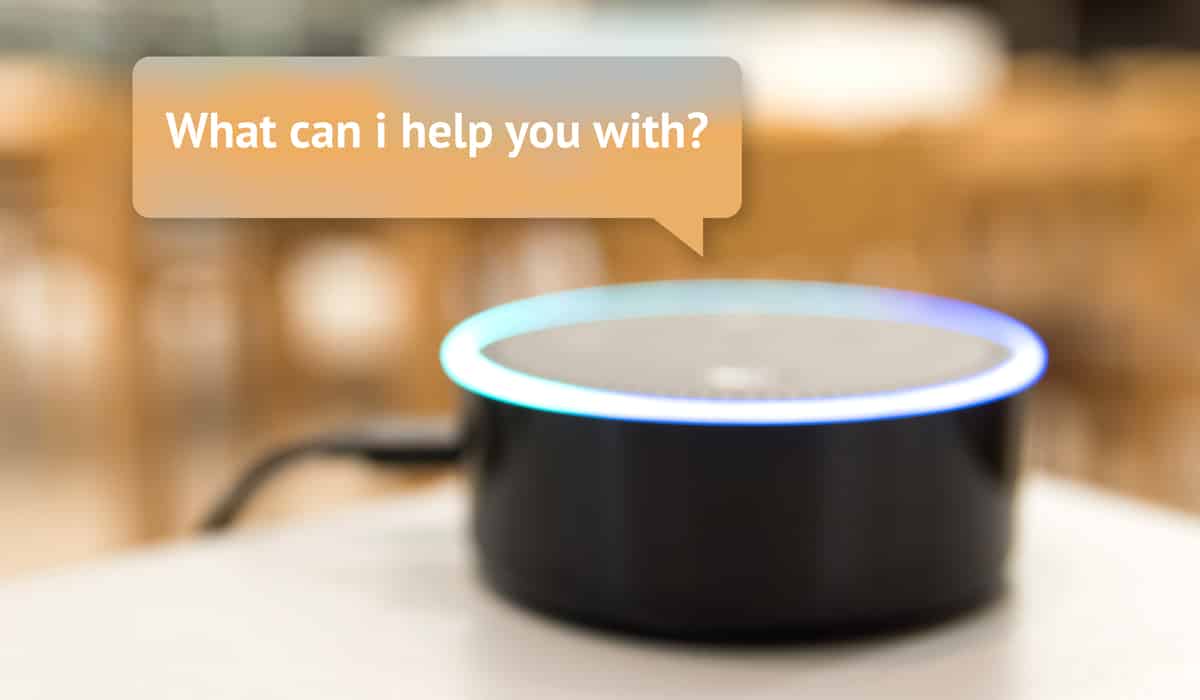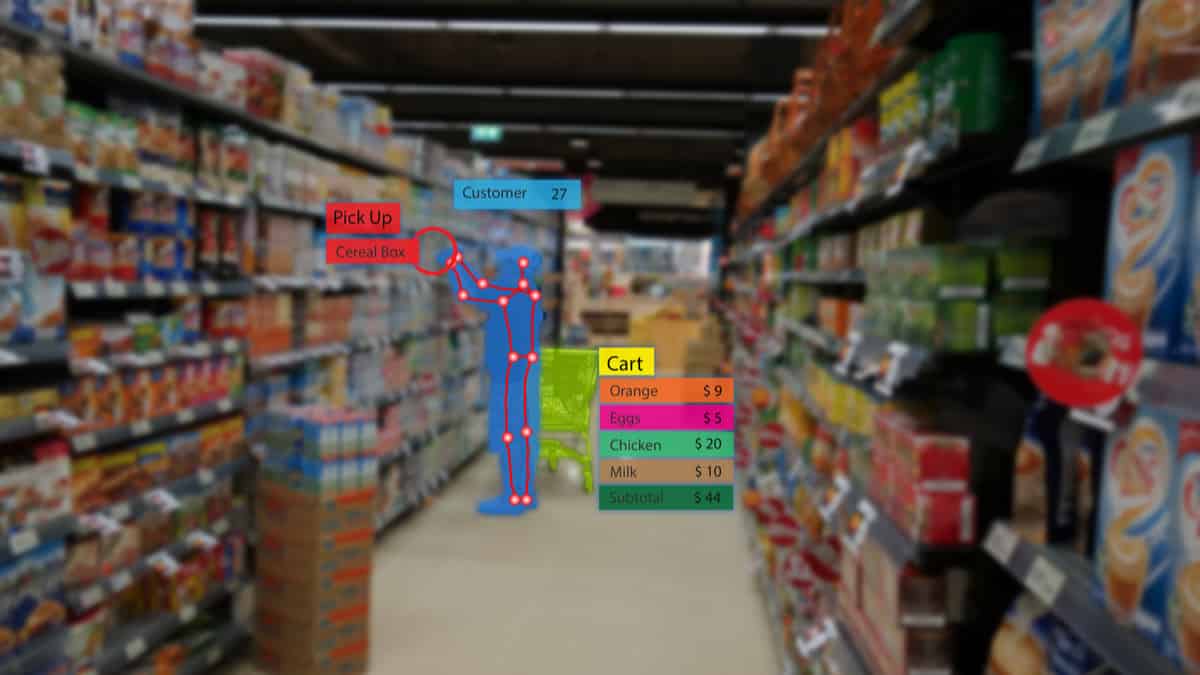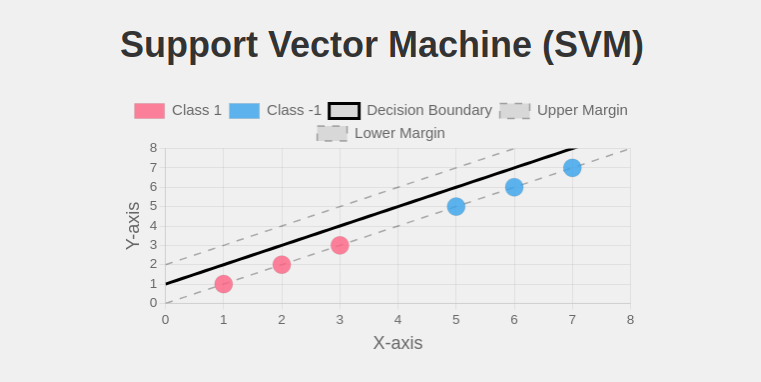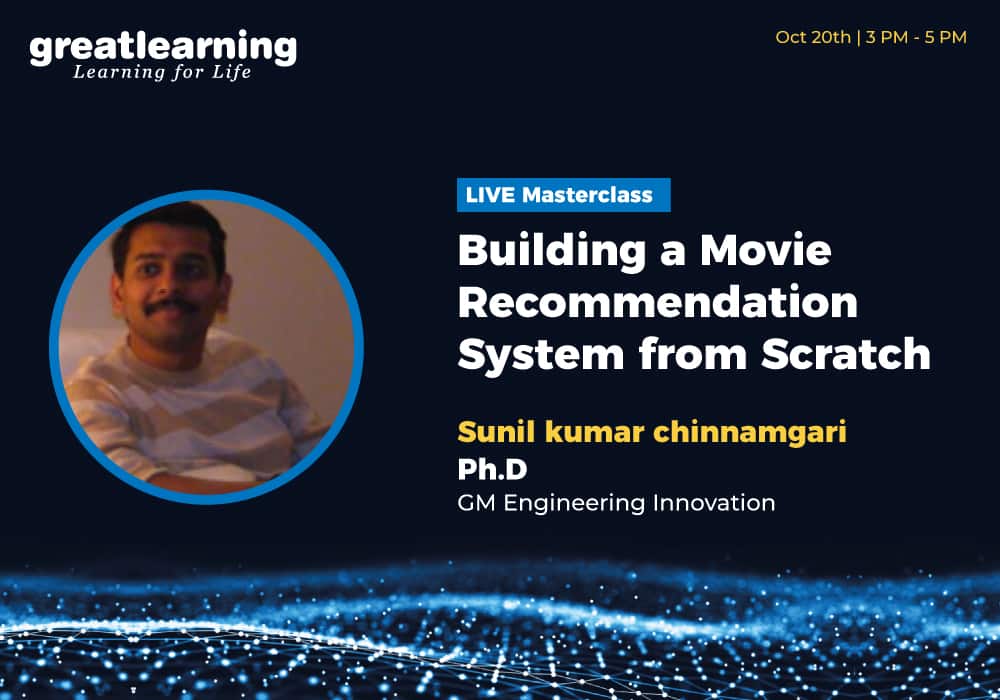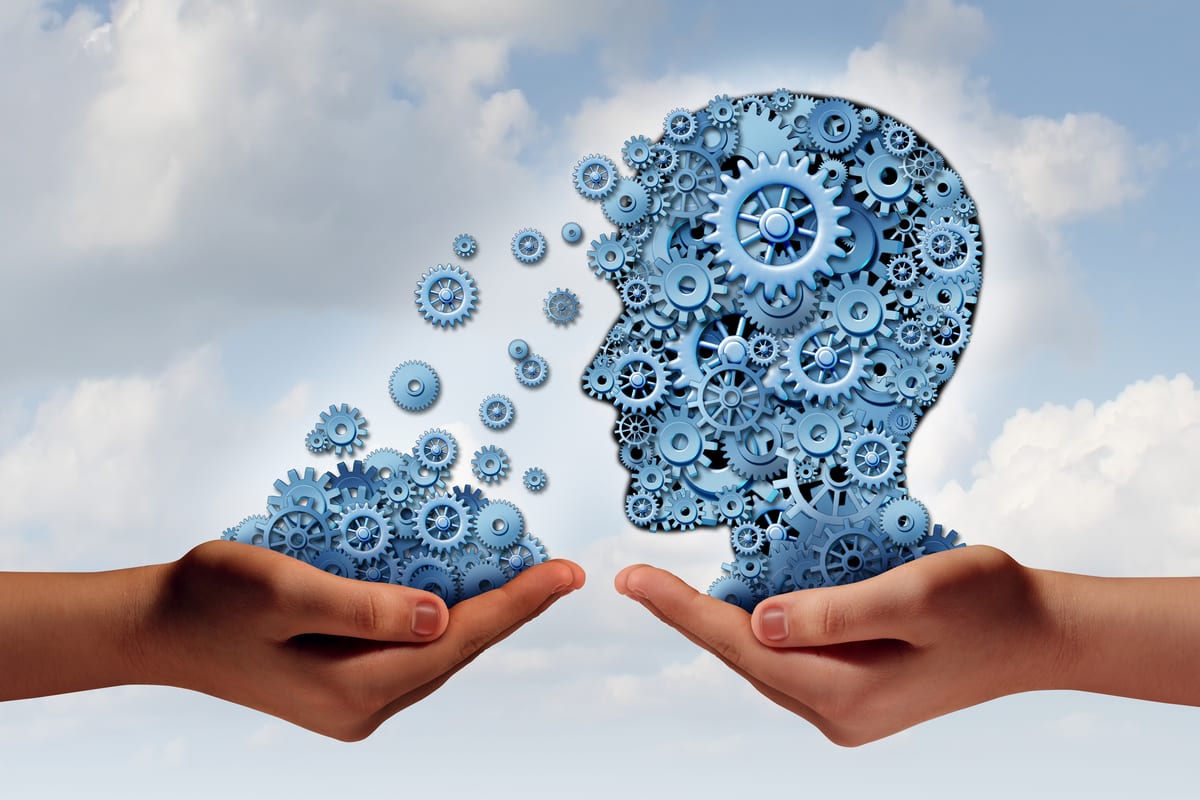Artificial Intelligence is the intelligence exhibited by machines as opposed to the intelligence possessed by humans. It is an umbrella term to represent technologies like cognitive computing, machine learning, image recognition, and many more.
Founded in 1956 as an academic discipline, AI has come a long way over the years to reach where it is today.
The smart assistant in our smartphones — Google Assistant, Siri — are all powered by Artificial Intelligence elements. The services that the entertainment-related applications offer in the form of suggestions and recommendations, the security the banking sector guarantees, are all heavily dependant on AI. In fact, AI has evolved to such levels where there is hardly a thing in our life that is not directly or indirectly at least, remotely, related to AI.
As the domain of artificial intelligence progress at a breakneck pace, machines become ‘a little more’ than traditional machines — the ones that are smarter, more reliable, and self-healing. Modelling techniques help in identifying the best choice of crops for a given terrain; Companies employ Natural Language Processing Techniques to improve voice recognition, text recognition, and speech synthesis as they enable computers to understand and manipulate human languages.
[optin-monster-shortcode id=”squxepvugkce4cquclwn”]
Artificial Intelligence vs Human Intelligence
Human Intelligence is a quality of the mind that enables one to use knowledge — acquired from existence, abstract concepts, several cognitive processes, and more, to manipulate one’s environment. A machine that can, in some way ‘mimic’ this quality can make our lives much more simpler and efficient. This is where artificial intelligence comes into the picture.
Intelligence is a quality that is unique to humans. Even the most complex behaviour exhibited by an insect does not qualify to be called intelligence. Take the case with digger wasps as an example: the wasp that goes out in search of food does not re-enter its burrow without looking for intruders. This is based on the fact that a possible threat could have intruded the burrow while it was gone looking for food. But when, as part of an experiment, the food was left right in front of the burrow itself, the wasp was observed to look for threat before entering the burrow, exactly like how it would have responded in the former situation. Intelligence involves the ability to learn from experiences and adapt to changes — something which is absent here.
Developing a machine having such a complex character is not easy. It is a realm that progresses slowly with the hard work of thousands of dedicated computer scientists and programmers, and it takes decades to reach its culminate.
Artificial General Intelligence
Instead of viewing intelligence as one single entity, AI has its focus put on the learning, reasoning, language, perception, and problem-solving aspects of intelligence. The combination of mathematics, statistics, and algorithms are making us capable of such a feat.
Human intelligence has overcome physical limitations we had in the past and has transcended to a different world where such limitations do not matter. AI aims for similar outcomes. We have now reached such levels where we could think and work toward making strong Artificial Intelligence a reality. Strong AI, or Artificial General Intelligence, is the form of AI where a machine’s cognitive capacities are on par with a human being. This machine possesses consciousness, self-awareness and can communicate to us in our languages.
The possibility of such awareness is highly disputed. One of the most significant philosophical question is whether Artificial General Intelligence can be developed to respond like a human brain? Some Scientists believes that Artificial General Intelligence can never become a reality, but some others believe that we can develop it by the next century, or perhaps even before.
https://www.youtube.com/watch?v=8vHWvN_1yKw
Artificial Intelligence (AI) and Human Rights
The development of artificial intelligence has raised several serious questions. Some of them are regarding the impact AI has on human rights.
International Conferences and high-level committees at different parts of the world are ensuring that the development of AI will only benefit humankind and will not compromise on human rights. Also, companies like Google and Microsoft have already published ethical principles regarding AI.
Since the development of Artificial General Intelligence is not going to happen any time soon, there is no urgency for governments and concerned authority to address the issue and find a solution immediately. Also, with this level of development, it is not possible to predict what impact AI will have on ethics and human rights. Hopefully, with efficient frameworks on AI and ethical guidelines, the advancements in the field of artificial intelligence can be directed only in the direction of progress of humanity. It will begin a new era with enhanced living standards.
AGI tests
AGI Tests helps gauge the level of complexity and efficacy of an AGI model. Some famous examples:
· The Turing Test: a machine and a human interact with another human. This human cannot see the device or the other person. After an interaction with both, the human has to identify the robot. If the person fails, then the robot wins the test.
· The Employment test: a robot has to perform an important job. If the robot works as good as its human counterparts or better, it wins the test.
· The Mirror Test: This test determines whether the subject possesses self-recognition. The robot has to distinguish between an object and its mirror image.
· The Furniture Test: A machine has to unpack and then assemble a flat packed furniture item correctly after reading all the instructions provided.
· The Coffee Making Test: A robot has to enter a home and make coffee all by itself by finding out all the necessary ingredients provided to it. The robot passes the test if it makes the coffee.
· The College Student Test: the robot has to attend a college and graduate. It will attend the class with humans and will appear for the same exams that the rest of the class attends.
How Far Have We Come?
As time progressed and as technology developed, artificial intelligence also transcended its vision. In the past, computer scientists wanted to create machines equipped with AI to perform independent tasks for us. Their success has made scientists think of developing devices that are capable of performing tasks with us. The modern world has seen a lot of progress since this transformation — from performing tasks for us to perform tasks with us.
In some of the developed countries, AI-enabled robots perform primary health check-ups after engaging in a dialogue with the patients. AI-enabled robots which can detect the progress of tumours, create medicinal drugs, etc. find their space in the medical field. There are robots that can help take care of the elderly and design treatment methods.
These are some of the functions that a traditional machine can not do. What is unique to AI-enabled machines is that they make use of machine learning algorithms which lets them access information, interpret it and offer a valid, genuine, and well defined final result.
A Vision for Humanity and the challenges
AI-enabled products offer logical solutions to users. The algorithm that runs the product ensures this. Once they evolve to understand and interpret human text and speech, the quality of the machine and its result will enhance. But such a process is not easy as computing models which can integrate natural and visual processing are necessary for it to be a reality. This is a real hurdle that stands in the path of developing humanoids as understanding and interpreting human language is a complex phenomenon and is very difficult for AI-powered machines as our words change meaning with context.
Another hurdle that stands in the path of such a marvel is the fact that even though medical science has progressed so much, we still do not have a concrete idea about how the human mind or human intelligence functions. We do not know the various elements that constitute our intelligence or how these constituents are interdependent. We first need to have a better understanding of how our mind and intelligence work in order to build machines that in some way mimic these and thereby interact with us as one among us.
Computational neuroscience is a field of study which makes use of Mathematics to learn the human brain by creating theoretical models of our brain. Studies in such areas have revealed to us details about our nervous system, which was previously unknown. The new information available has improved our understanding of the processing capabilities of our nervous system and thus, have given us a chance to improve on artificial intelligence with the help of this information. Drawing inspiration from the human nervous system, Artificial Neural Network, ANN, was born to mimic the problem-solving capabilities of the human brain.
As opposed to functioning with programmed and task-oriented rules or algorithms, ANN systems operate by learning how to perform actions by referring to examples and by learning from previous experiences (do not infer ‘learn’ in the literal sense). Consider the example below:
An ANN System is trained to identify a particular image, say cars, by exposing it to images that are previously labelled manually as ‘cars’ and ‘not cars’. Now it is programmed to choose only the image that contains cars and leaves the rest. This result is saved for later references. Here the program did not feed the system with the details of the car in order to make it identify the image of a car when presented to it. The system can automatically find similar characteristics from the car and can recognize them as pertaining to cars. Thus the system learns how to identify cars from a given set of images; if any.
This technology is used in image recognition. Facebook’s image recognition system, DeepFace, was developed with the help of this technology. DeepFace was trained to recognize human faces with the help of millions of images that were uploaded.
The Future
The limitations that strong AI has today that stops it from attaining its full potential cannot exist for a long time. Exactly how technology brought our world to such heights, it will certain transcend further. With global giants like Google and IBM working on AI, the day cannot be quite far.
The future generation will live in a world where humans and humanoids coexist — with humanoids existing to serve human beings. Those will be the days where human to machine interactions and machine to machine interactions are the same as human to human interactions. Life in such an era will be far more advanced and superior than the best of what we can imagine.
Over 75% of customers availing in one way or another, the services of an AI-powered system. Also, over 80% of global business organizations believe in the ability of artificial intelligence to offer them a competitive advantage. It won’t take much time for the science fiction of yesterdays to become an absolute reality. The global AI market will grow to $60 billion, which is over 25 times its number in 2016.
Acceptance Among People
But keeping all the business facts and statistics aside, AI is making significant progress in the direction where its interactions with its human users are also improving. With developments in the field, especially in the field of speech synthesis and speech analysis, the gap between the user and his/her virtual assistant has narrowed. People have started relying on their chatbots. They have also been trusting the medical diagnosis given by the robots. We call a customer care facility with the expectation that a robot will respond to us; we log into websites to get assistance from a chatbot.
What the human mind has achieved will one day welcome the world of robots too. There will come a day where human intelligence and AI will work together for one shared goal — to make our lives better.
If you are looking for ways to further dive into Artificial Intelligence, you can take a look at our PG Program in Artificial Intelligence and Machine Learning.



